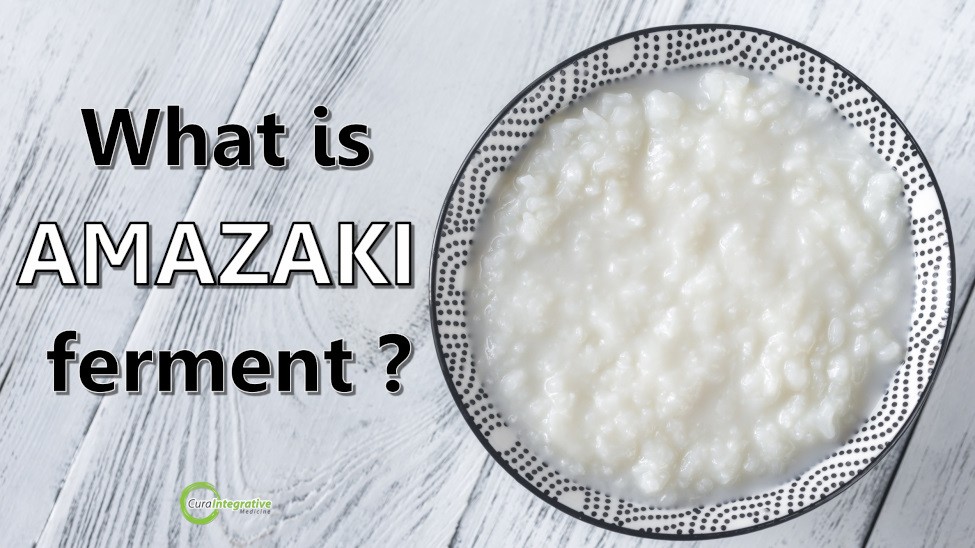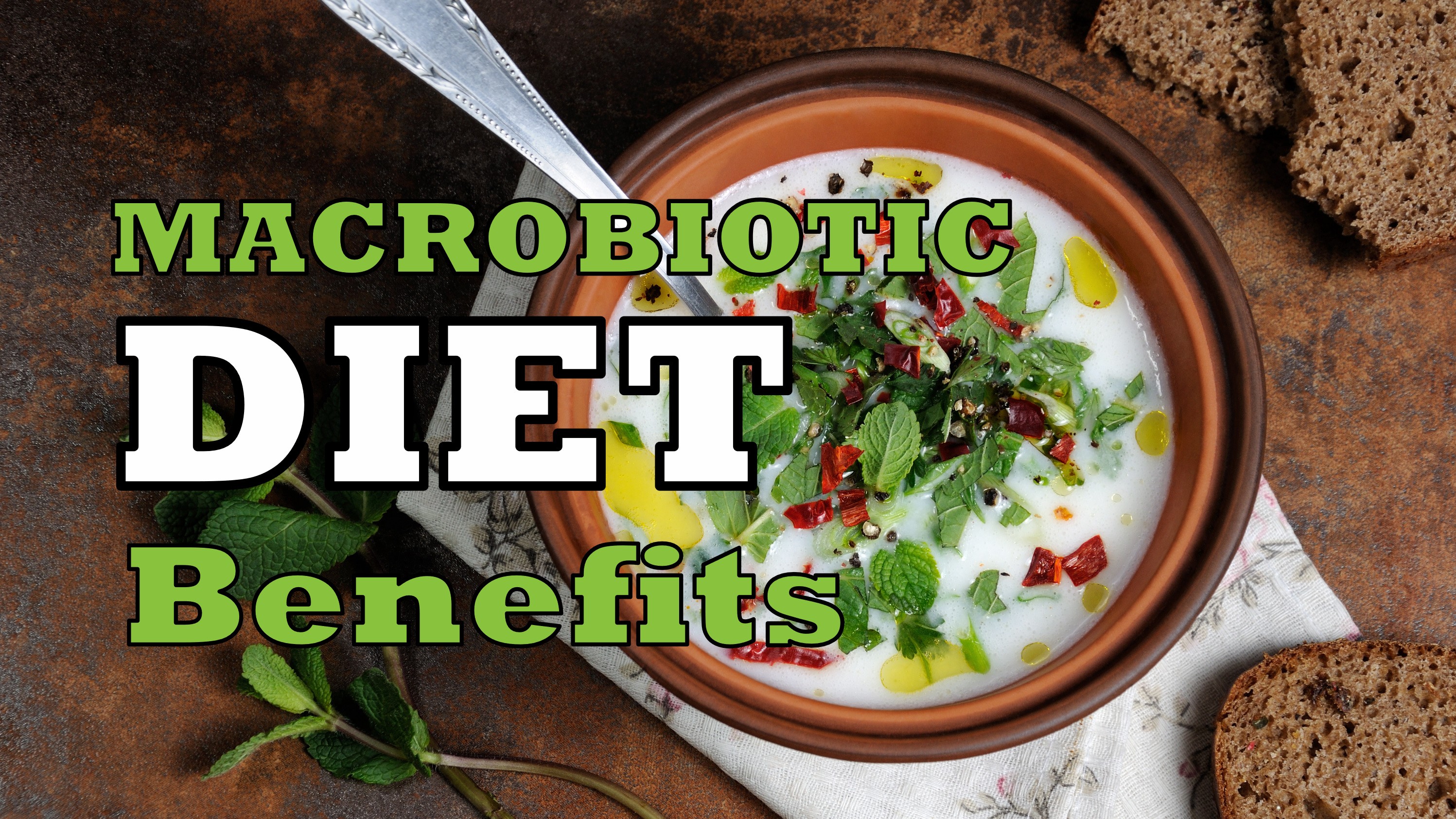Koji is a less known superfood found in a variety of macrobiotic foods. Containing Aspergillus oryzae, koji is used to make foods such as miso, amazaki and tamari. Read More…

Is A Keto Diet Right For You?
Posted 30 Jun '21
The Keto diet is not new, but it has gained tremendous popularity within the mainstream over the past year. Originally the diet was studied and used to manage seizures, but now there is more emphasis upon weight loss and brain function.
Ketogenic Basics
A classic diet contains a blend of macronutrients, comprising of carbohydrates, fats and protein. Most people grew up with the food pyramid
which contains the bulk of the diet coming from carbohydrates and we were told that this is where we get our energy from.
Carbohydrates are broken down into glucose and taken in by cells to create energy. Although we can turn any macronutrient into energy,
carbohydrates are the easiest to transform into energy, especially refined forms such as bread, processed cereals or a spoon of sucrose
sugar.
Ketogenic Eating
A keto diet turns the classic food pyramid on its head. The diet forces the body to gain its energy from fats and proteins because the
carbohydrates are drastically reduced. The body is forced to burn fat for the energy fuel for the body through a process called ketogenesis
and creates ketones instead of glucose.
As ketones are not as easily produced as glucose, the switch to a keto diet is not instantaneous and there usually needs to be a couple of
days to feel the switch. Of course, carbohydrate intake will instantly prevent the process of ketogenesis as glucose is the easier pathway
for energy.
What Can you Eat on a Keto Diet?
The ketogenic diet is very different to a standard western diet. The macronutrients need to consist of mostly fat and protein with a very
small amount of carbohydrates.
Most people find they slightly change the ratios to match how they feel. Some people just find that a slight variation of fat or protein
“works better” for them. If you do chose to try a keto diet, once you are in ketosis, then you can alter your ratios and assess
the changes.
Ideal recommendations for ratios are as follows:
- 50% of diet coming from high quality, unprocessed fats such as coconut oil, avocado, eggs, nuts and meats
- 30% from proteins such as meats, fish, beans, tofu, tempeh, eggs
- 20% from clean, unprocessed carbohydrates such as sweet potato, legumes, low sugar fruits, leafy veges, berries
Who Might Benefit From a Keto Diet?
Besides those with epilepsy or some forms of cancers, people are using a keto diet for weight loss and healthy aging.
Many people who carry excess weight, start restricting calories and find that their body starts burning fat reserves faster when in a
deficit. Coupled with intermittent fasting or timed fasting such as a 16/8 ratio (eating in the 8 hour window only), fat burning can be
maximised in healthy people.
Who Might Struggle with the Keto Diet?
There are quite a few people that find the keto diet not compatible with them. Usually patients with poor digestion or a fatty liver, struggle to process the high fat content. Understandably if their digestion is already not optimal, adding more fat and protein will just cause further problems and sluggishness.
Busy mothers or fathers might also find a ketogenic diet challenging since they would most likely have to cook separate meals for children and then meals for themselves. Although children may find some keto meals ok, children generally love carbs which help with their energy levels and high demands for energy rich food.
Want to Give a Keto Diet a Go?
Unsure of how your body will cope or not sure how to start?
Want to run some deeper functional medicine tests to see if a keto diet is right for your body?
Get in touch for professional help and guidance. Cura can help you.





